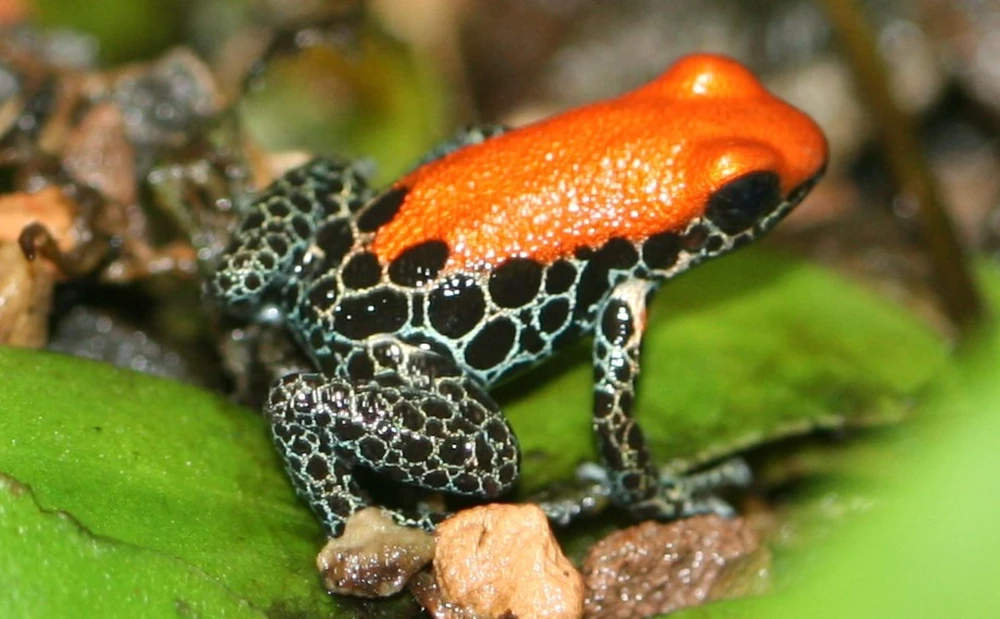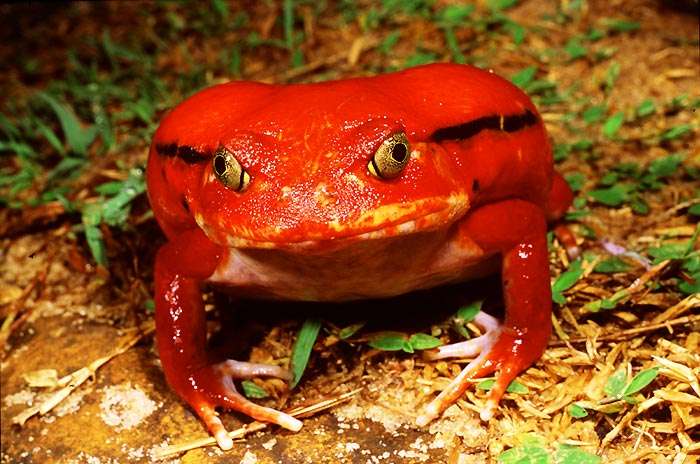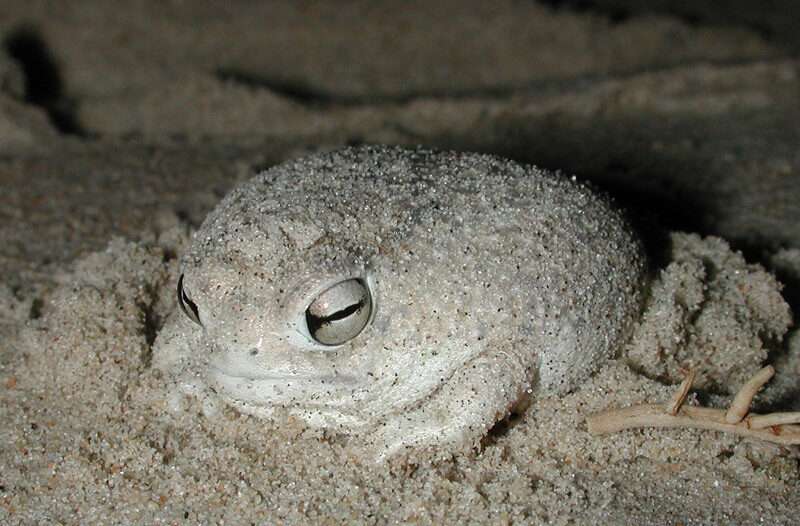
The common name of the terrestrial frog known as the Red-backed Poison Dart Frog comes from the flash of colour that runs across its back and can range in hue from flaming orange to scarlet red. This vibrant frog, measuring less than an inch (2.5 cm) from snout to vent, is small enough to belong to the class of frogs known as “thumbnails.” In lowland regions of the upper Amazon in Peru and Ecuador, it primarily lives on the ground, however it does occasionally climb trees. It has a mildly harmful toxin.
Habitat
In the leaf litter of tropical rainforests, the Red-backed Poison Dart Frog can be found. They don’t even surpass an inch in length, making them the tiniest species in their genera. Perfect for blending in with the foliage.
Due to its small size, R. reticulata is a challenging poison dart frog to keep. Despite being small, because of its arboreal habit, it needs a sizable freshwater aquarium. Reticulata is a species best left in the care of experts due to its small size and relative sensitivity when compared to other Ranitomeya species. The ideal environment for established animals is a warm vivarium with lots of leaf litter and a good diversity of arthropods established on the substrate the animals will browse on.

Reproduction
It’s interesting to see how the frog mates. In among the leaf debris, the female lays her eggs. She only ever produces two or three eggs. The male takes the tadpole to a bromeliad to reside in until it completes its metamorphosis after the eggs hatch. The female frog has laid unfertilized eggs for the tadpoles to consume in some colonies used for captive breeding.
Feeding
They are fed a diet that consists of earthworms, mealworms, wingless fruit flies, and crickets. None of these foods contain the substances that give rise to their toxin development.
In the wild, ants, fruit flies, termites, immature crickets, and tiny beetles are among the foods consumed by Red-backed Poison Dart Frogs. It is unclear if the chemical compounds that this poison dart frog draws the venom that is stored in glands just under the surface of the skin come from ants or beetles.
Table





